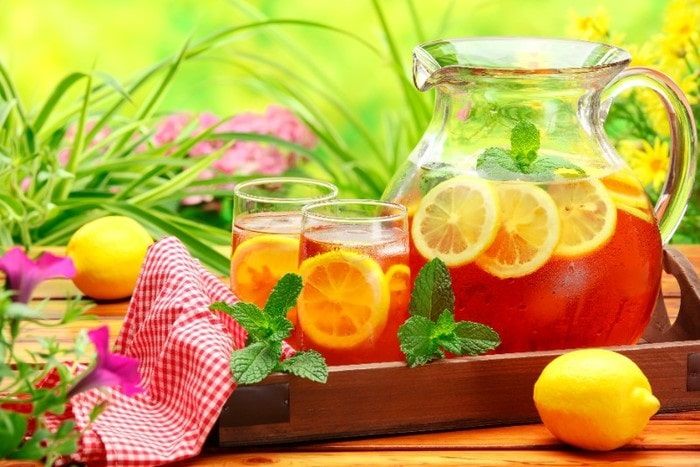Hydration has its science: Know the good stuff
To avoid health setbacks, and a strategy that is useful to stay well hydrated, considering good nutrition, is to know the pitcher of good drinking. Heres what it contains.

The hot season is just around the corner, and, commonly, during this period our body is prone to suffer discomfort from high ambient temperatures. To avoid health problems, body fluids lost through sweat, urine, and breathing must be replaced. And one strategy that is useful to stay well hydrated, considering good nutrition, is to know the proper pitcher of good nutrition.
This consists of a guide that indicates the adequate amounts of drinks that should be ingested in the diet for the correct performance of our metabolic functions. The jug of good drinking establishes that water is primordial and occupies the first level since the human being is composed of two-thirds of this element; that is why a portion of six to eight glasses between meals is enough to guarantee the correct transport of nutrients and oxygen to the cells.
One tip for increasing the source of fluids in the diet is to regularly integrate foods that are high in water, such as soups and broths, fruits, and vegetables. In addition, avoid drinking water only when you are thirsty; it is advisable to always carry a bottle of water with you and to take small sips constantly.
What about dairy products and coffee?
In the second level, you can find semi-skimmed and skimmed milk, as well as soy drinks without added sugar, because they are foods rich in protein and low in fat, which can reduce the risk of osteoporosis, hypertension, and colon cancer. Of these, a maximum of two glasses per day should be consumed, because although there is still not enough scientific evidence, there are studies that indicate that their abuse could increase the risk of prostate or ovarian cancer.
A healthy alternative to drink between meals is tea and coffee (without excessive amounts of sugar, sweeteners, or cream), since their high content of polyphenols has an antioxidant action that strengthens the immune system, prevents aging, improves memory, and reduces the risk of Alzheimer's disease. In the third level of the good drinking pitcher, it is suggested to drink four cups of tea as a limit, because it could affect people who suffer from hypertension.
The myths of sweeteners
In the fourth level of the pitcher are placed the noncaloric drinks with artificial sweeteners, such as aspartame, sucralose, acesulfame-K, saccharin, and neotame, which because they are low in calories can be useful to maintain an adequate weight and to maintain moderate glucose levels, however, compared to natural sugar, they provide less energy to the body, so a maximum portion of two glasses per day is established. These sweeteners can be identified by their listing in the nutritional information on the package label.
It is popularly believed that juices made from fruit extracts are a healthy food; however, although some juices are enriched with vitamins and minerals, as well as fiber that helps the digestive system function properly, the reality is that they contain a lot of added sugar. Therefore, half a glass of this type of drink a day is the best option to satisfy the craving.
Beware of excess sugars
Another choice of healthy drinks with a great diversity of flavors are smoothies and homemade shakes, which allow you to combine milk or yogurt with different fruits and natural ingredients such as oats, wheat germ, amaranth, chia, nuts, almonds, cinnamon, cocoa, etc.; as long as the amounts of sugar or syrup are moderate to avoid exceeding your calorie load. Of these, it is advisable not to exceed half a glass a day.
When it comes to integrating nutritious foods that have a favorable effect on our bodies, we should rule out the consumption of soft drinks. Various studies have shown that they lack beneficial contributions to the body, and that contrary to this, they increase the risk of developing diseases such as diabetes mellitus type 2, cardiovascular disease, hypertension, high triglycerides, and metabolic syndrome.
A 600 ml portion of soda contains more than sixty grams of sugar, which exceeds 20% of the maximum tolerable amount of this ingredient for a single day set by the World Health Organization (WHO). In addition, its high phosphorus content causes lower assimilation of calcium, which implies a wearing out of the bones that could cause osteoporosis; which adds to a long list of reasons why the "jug of good drinking" asks to avoid its consumption.
Source Food and Development Research Centre




